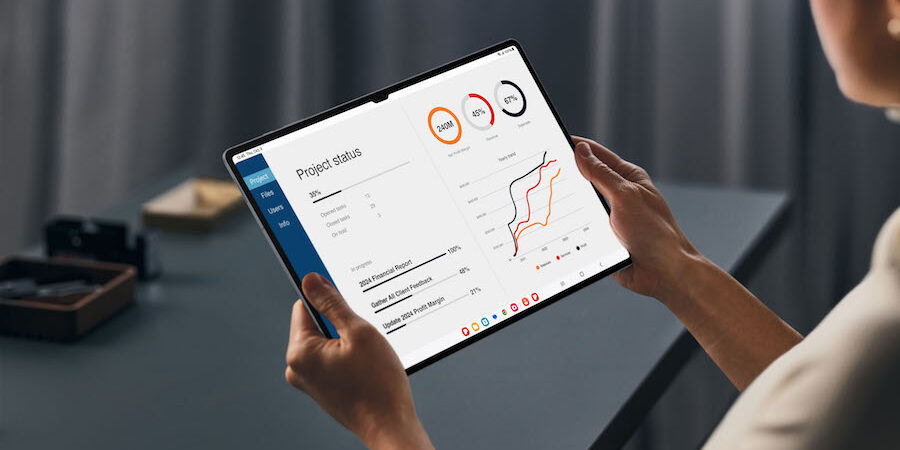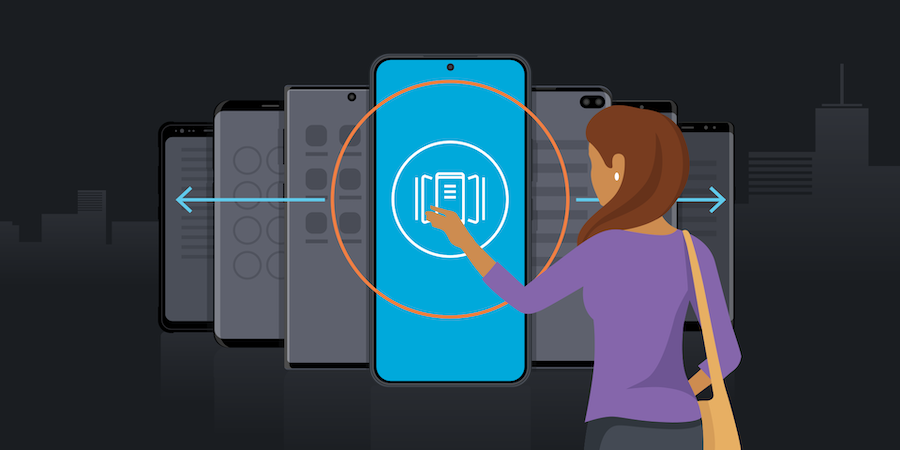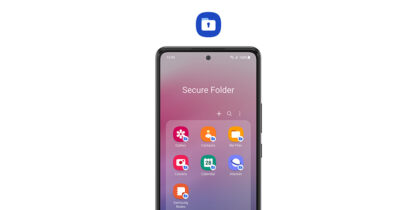When you invest in mobile devices for your business, you want these devices to last as long as possible. However, to estimate their life cycle accurately, you need to consider more than just the durability of the hardware. You need visibility into who’s using the devices and how the technology is performing in real time. And you need confidence in your devices’ ongoing software updates, which are critical to keeping your data secure and your team working productively.
In calculating the return on investment (ROI) for a prospective mobile deployment, the initial acquisition cost of the technology is divided by its anticipated life cycle.
But as most IT leaders know, acquisition costs are only a small part of the picture. An accurate life cycle value equation also needs to account for the real-world productivity impact for end users, as well as the hidden IT costs, like how much time is spent handling support tickets or app compatibility issues.
Maximizing the device life cycle was a key driver for Samsung in developing its flagship devices.
This includes smartphones such as Galaxy S24, whose Galaxy AI* features assist with everything from researching case studies to capturing stunning pics for web content, as well as foldables like Galaxy Z Fold6 and Galaxy Z Flip6, which combine innovative and durable designs with opportunities to explore new experiences through features like Circle to Search with Google.
There are also tablets to consider, such as Galaxy Tab S10 or Tab S10 Ultra, which offer employees creative superpowers and large-screen optimized intelligence. For those working in the field in challenging environments, Galaxy Tab Active5 was made for tough jobs.
Extending mobile device life cycles
As more enterprises shift their critical business processes from manual to mobile, the mobile device life cycle is even more important to productivity. The Bring Your Own Device (BYOD) model can result in considerable challenges for IT teams. By contrast, standardizing several device models for deployments and extending the time between refreshes makes the mobile fleet easier to manage — and it simplifies compatibility testing with corporate apps.
First, it’s important to ensure product availability. In many cases, enterprise mobile deployments may roll out over several years, starting with a pilot and expanding to a broader set of users. If you begin your mobile deployment with software and accessories optimized for one smartphone or tablet model, ensure the same device model will still be available in six months when IT is ready to roll out the technology to the rest of your organization.
As devices age, IT leaders need to know they will continue to receive critical firmware updates and security patches to address data security issues.
Samsung devices also come with access to Knox Suite. Knox Suite builds upon Samsung’s industry-leading Knox, making security effortless by ensuring devices are secured from the inside out with hardware and software-based protection, leaving them worry-free for work.
Knox Suite is Samsung’s comprehensive toolkit for deploying, securing and managing a fleet of mobile devices.
Knox Asset Intelligence adds visibility
Included in Knox Suite are solutions like Knox Asset Intelligence (KAI), which analyzes mobile device usage to give everyone from IT to app development teams visibility into what would normally be blind spots.
Once devices have been deployed, the onus is typically on employees to report any challenges — whether an app stops responding, Wi-Fi connectivity fluctuates or the battery dies before the end of their shift. KAI brings together critical details about each mobile device’s life cycle in a user-friendly dashboard. IT can see how many devices have completed enrollment, for example, and whether any devices are inactive.
KAI also provides real-time reporting on battery health, identifying whether devices are being recharged at the right time or whether specific apps are draining the battery — perhaps by turning it on in the background or when the screen is off. With smart battery management, KAI can even dig into details about battery performance, such as how often a low-battery event occurs. KAI can also detect apps behaving abnormally or not approved for business use.
GPS-based location tracking in KAI helps you find misplaced corporate-owned devices (so they don’t have to be replaced) by making them ring — even if set to vibrate — or by turning on the flashlight.
KAI dashboards are customizable, and IT can use these dashboards to conduct fast troubleshooting by downloading device logs for 30 days rather than spending time speculating with users.
A complete toolset
Other tools within Knox Suite include the Knox Manage enterprise mobility management (EMM) solution, Knox Enterprise Firmware Over-the-Air (E-FOTA) and Knox Platform for Enterprise (KPE).
What's the best phone for your business?
Discover the smartphone most tailored to your business needs. Download Now
These solutions help businesses get their mobile deployment off to a running start on day one while extending the device life cycle by allowing IT teams to manage devices granularly, keep them updated (while ensuring compatibility) and respond quickly to security risks.
Remote troubleshooting is faster and easier with solutions in Knox Suite. To stay on top of OS updates, IT admins can use Knox E-FOTA to schedule and push mandatory updates once the software has been tested.
Rather than manually deploying firmware and OS updates, IT admins can also use Knox E-FOTA to remotely push these updates to Galaxy S24 and Tab Active5 users.
When you invest in these devices and gain the benefits of Knox Suite, you’re setting your business up for a longer life cycle that eases IT management while keeping employees more productive and capable than ever before.
Learn more about how Samsung’s Knox Suite provides the mobility software and enterprise mobility services you need for every stage of the device life cycle. And take the next step on your device management journey with this free guide to Knox Configure.
*Galaxy AI features by Samsung will be provided for free until the end of 2025 on supported Samsung Galaxy devices.







